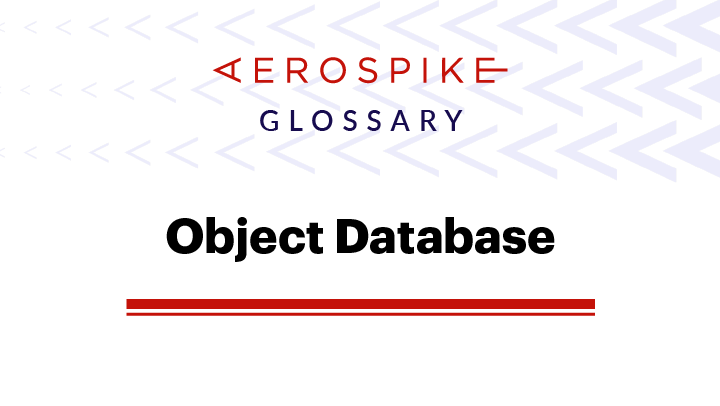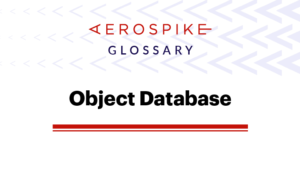What is an object database?
An object database – or object-oriented database – is a database management system that stores data as objects typically defined or created via object-oriented programming methodology. Object databases differ from relational databases, which are table-oriented. Object-relational databases combine the two approaches.
Object databases are most often used with programming languages such as Java, C#, Node.js and Kotlin. Industries that typically use object databases are those built on such object-oriented languages and are trying to increase developer productivity while working with complex data structures (objects).

